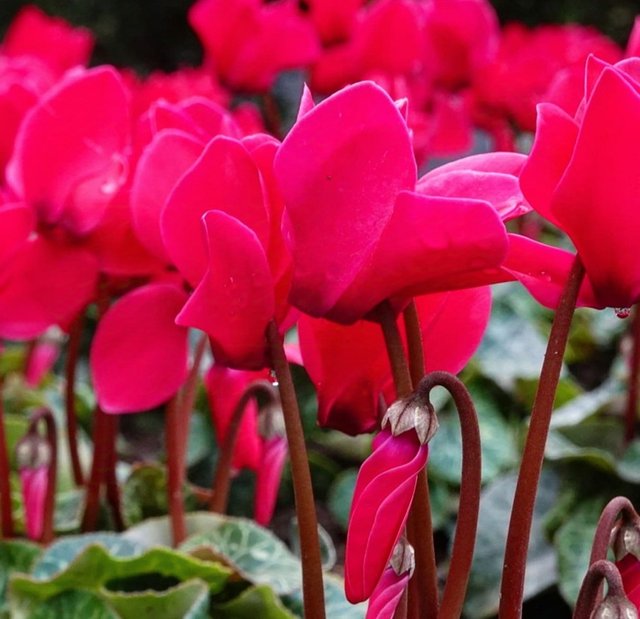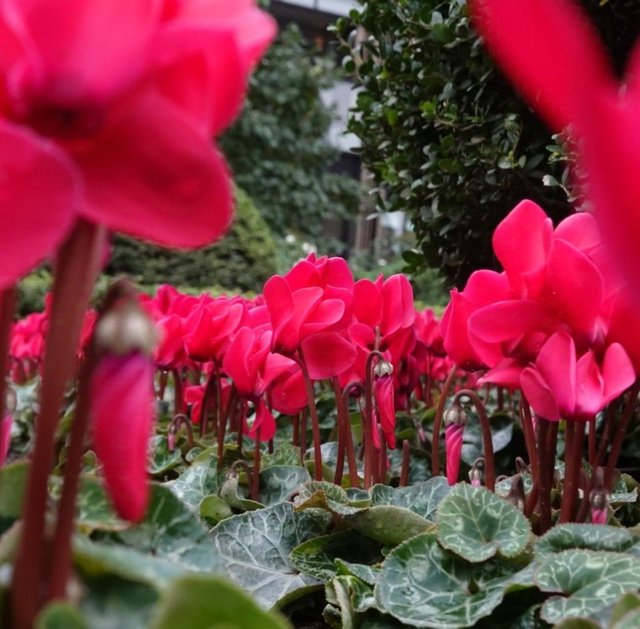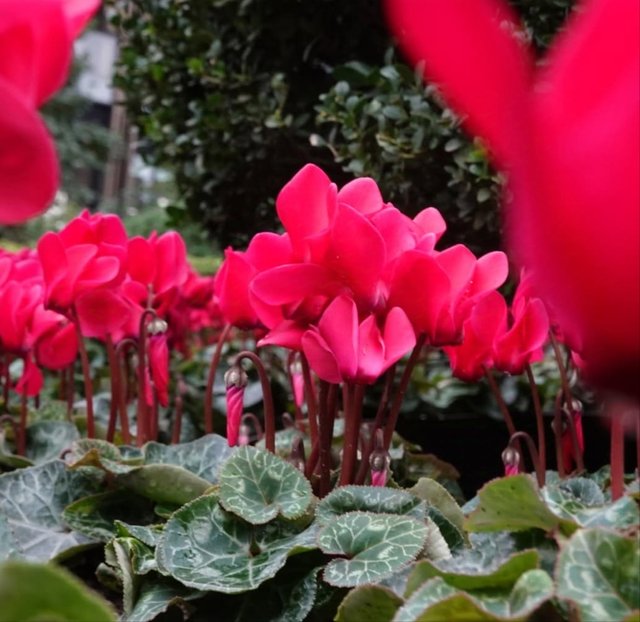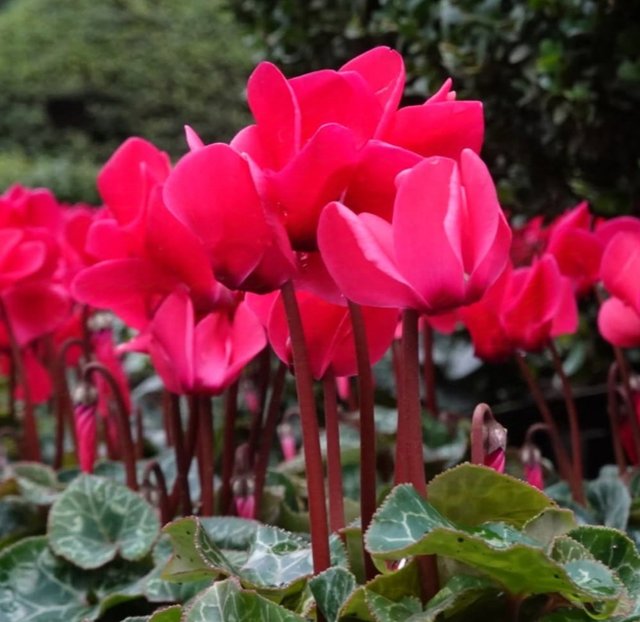Cyclamen Persicum So Beautiful
Cyclamen persicum: A Botanical Gem
Cyclamen persicum, commonly known as the Persian cyclamen, is a captivating plant celebrated for its delicate flowers, attractive foliage, and its role as a popular ornamental species. Native to the eastern Mediterranean region, including parts of the Middle East, southern Turkey, and some Greek islands, this plant has captured the hearts of gardeners and plant enthusiasts worldwide. Let’s explore its characteristics, cultivation, and cultural significance.
Botanical Description
Cyclamen persicum is a herbaceous perennial plant belonging to the Primulaceae family. It is most recognized for its:
Flowers: The plant produces exquisitely curved petals in shades of white, pink, red, or purple. The flowers are borne on slender stems that rise above the foliage, creating a graceful display. Many cultivated varieties boast patterns or fringed edges on the petals.
Foliage: The heart-shaped or rounded leaves are as appealing as the flowers. They are typically dark green with silver or pale green marbling, adding a decorative touch even when the plant is not in bloom.
Tubers: Cyclamen persicum grows from a tuber, a rounded, underground storage organ that allows the plant to survive dry, dormant periods.
Habitat and Natural Growth
In its native range, Cyclamen persicum thrives in rocky and shaded environments, often under the canopy of trees or among shrubs. Its natural growing season begins in autumn, when rains arrive, and it continues through winter and spring. The plant goes dormant in the dry summer months, relying on its tuber to store energy and survive harsh conditions.
Cultivation and Care
Cyclamen persicum is widely cultivated as a houseplant and in gardens, particularly in regions with mild winters. Modern hybrids have been bred for various flower colors, patterns, and sizes, making them a versatile choice for different settings.




Thanks For Reading
Device Information
| Device | Redmi Note 10 Pro |
|---|---|
| Lens | 64 mp |
| Location | Bangladesh |
